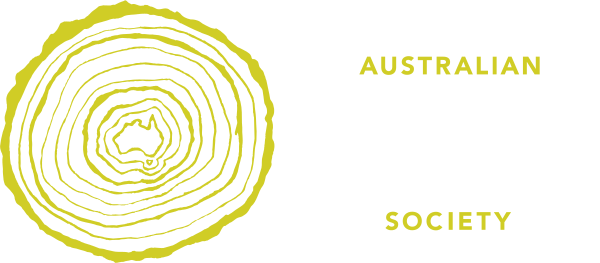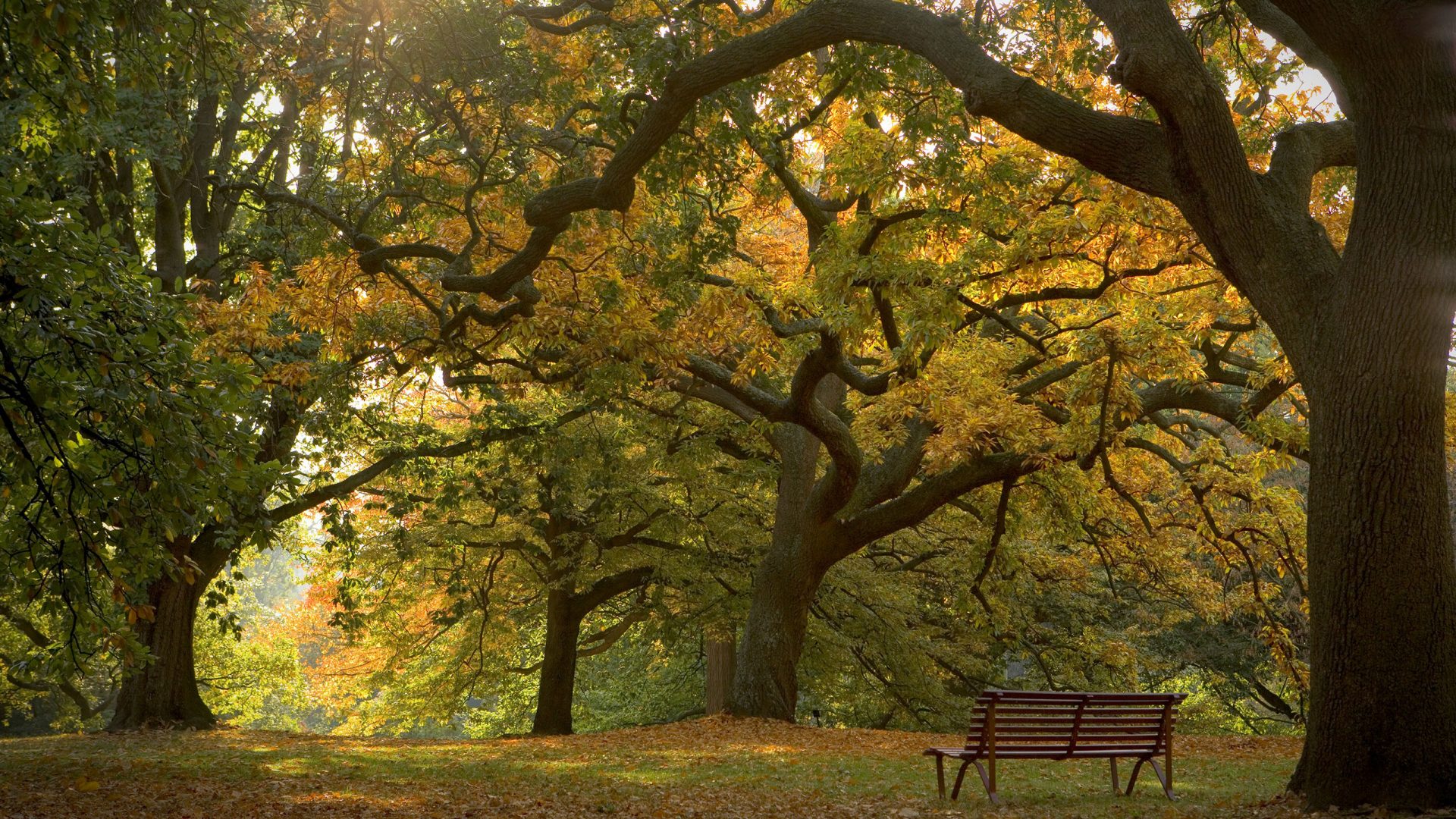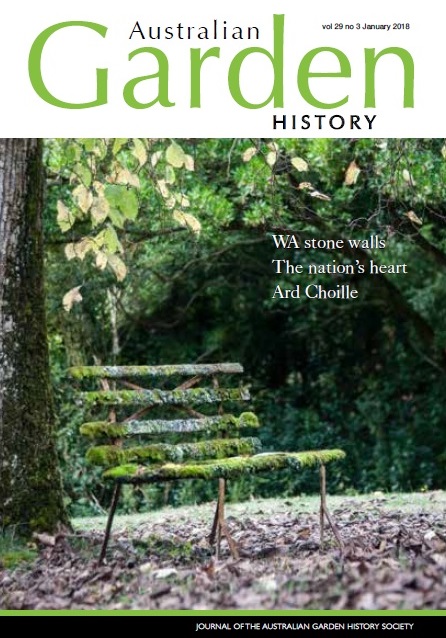Contents
More than garden walls Stephen O’Brien and Patsy Vizents
The ‘discovery’ while bushwalking of some remarkable and meandering stone walls in Kalamunda National Park in the Perth hills was something quite magical, and prompted further exploration.
Burnley’s first feminist gardener Sandra Pullman
Ina Higgins (1860-1948) was a horticulturist, garden designer, suffragist, and women’s rights movement activist who opened the way for women to become qualified horticulturists through the Burnley School of Horticulture.
Oaks, olives and oranges Anne Claoue-Long
The sites of two former homesteads – Charnwood and Palmerville -archaeological heritage sites, now incorporated within Canberra’s boundaries, are marked primarily by historic plantings. The oak trees at Palmerville are considered the oldest remaining exotic trees in the area, while Charnwood boasts the largest olives in the district and a highly unusual hedge or windbreak of Osage orange.
Wattle: ‘symbol of this nation’s heart’ Kerrie Handasyde
In the dark days of the Great War of 1914-18, the golden wattle was a patriotic symbol of nation. Images of Acacia pycnantha appeared on all kinds of ephemera – from badges to cards – which were sold to raise funds for the war effort. Wartime poetry reminds us that wattle had other meanings in Australian culture. In the long-forgotten poems of Beatrice Bevan wattle signified place, healing and immortality.
Garden history in the making: the Gallery of Gardens Anna Howe
The Gallery of Gardens is a mosaic of seven unique small gardens at the National Arboretum Canberra. All seven gardens are ovals of about 20 by 30 metres, featuring contemporary designs for small, formal areas using mainly, but not exclusively, native plants suited to Canberra’s climate. Each garden contains historical elements that provide continuity between the past, present and future of gardens.
A fungal foray through Ard Choille heritage garden Alison Pouliot
Gardens can be many things. For most they are primarily about plants – vascular plants. Their cryptogamic inhabitants (fungi, lichens, mosses, ferns, liverworts, hornworts and algae) are less often the focus. In this article tour through Ard Choille heritage garden on Mt Macedon, Victoria, with the focus being the fungal denizens of gardens, in order to present another angle on the notion of a garden tour.
A volunteer in a scientific research garden Anne Krelle
The author’s time as a volunteer at the Chelsea Physic Garden in London exposed her to a secret garden.
2017 AGHS conference report Stuart Read and Jess Hood
An report on the 2017 AGHS conference and pre-conference tour of western Victoria.
AGHS oral history Roslyn Burge
‘He planted twenty gum trees when I was born …’ Roslyn Burge
Jean Walker, interviewed in 2007 for AGHS’s Sydney Branch Oral History Collection, was an early advocate of bush gardens. In the 1960s Jean and her sister, the noted botanical illustrator Betty Maloney, established a consultancy in Sydney designing and building (and publishing a number of books about) bush gardens. Her work has been recognised in academic publications and museum exhibitions.
2017 AGHS NZ tour John Maurer
An overview of the 2017 AGHS tour of New Zealand.


